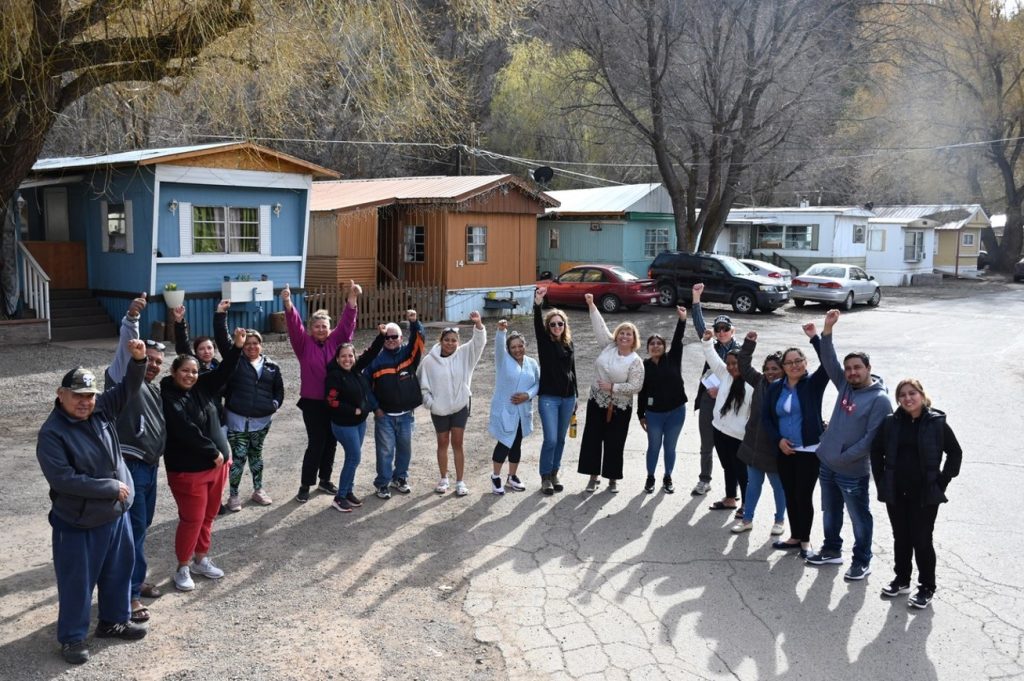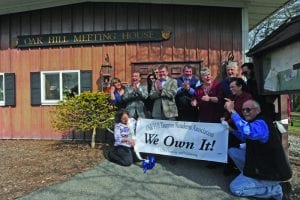Tag
shared equity
The Latest

Let’s Harness the Growth of the Shared-Equity Field
Between 2011 and 2022, the number of nonprofits with shared-equity programs and CLTs increased by 30 percent. Here's a look at the diversity of their programs and portfolios, and who's benefiting from their rise.
Search & Filter Within this Topic
filter by Content Type
filter by Date Range
search by Keyword

Scaling Up: How Some Community Land Trusts Are Getting Bigger
The community land trust model is in a time of dramatic growth and creativity. Some CLTs are aiming for larger scale than has been typical. How are they doing it?

Interboro CLT: A Committed Pipeline from Powerhouse Community Development Groups
Four New York-based organizations work together to place every homeownership unit they develop into a community land trust.

Understanding Community Land Trusts
What are CLTs? How do they work? What are the benefits and areas of concern? An overview.

Is the Housing Market the Answer to the Racial Wealth Gap?
In discussions around closing the racial wealth gap, we should be reminded that a very large portion of wealth gained by white Americans should be seen as ill-gotten.

Shared-Equity Homeownership With No Public Subsidy
What if the future of shared equity homeownership was not dependent on government subsidies? Vivacité – Société immobilière solidaire, a Quebec-based non-profit organization, designed a shared equity program based on a social economy model that leverages impact investors to ensure perpetual affordability and scales its impact.

Why Tenants Should Be Given the Opportunity to Purchase Their Buildings
Unlike so many owners who are quickly selling their properties to the highest bidder amidst rising real estate values, an East Oakland landlord was intent on giving the existing tenants a fair shot to purchase the property.

The State of Permanent Affordability
In the face of accelerating gentrification, along with ongoing speculation and eviction, the idea of putting a substantial number of homes outside of the reach of the speculative market has been gaining momentum across the country.

The State of Shared-Equity Homeownership
Though the need is greater than ever for resale-restricted, affordable homes, the growth of this model of homeownership appears to be limited.

Community Land Cooperatives Should Oversee Neighborhood Economic Development
This nonprofit is organizing a real estate investment cooperative for the Mid-Atlantic region of the United States, with the exclusive purpose of incubating, funding, and assisting “community land cooperatives.”

Believe in CLTs? Make Them Sustainable
Though much fanfare is showered on the CLT model, land trusts often struggle to get off the ground because very little support is available for those trying to create one or for existing CLTs looking to expand.

El Caño Vive, La Lucha Sigue! Community-Controlled Land in Puerto Rico
The Caño Martín Peña project has succeeded in building community power and gaining control of land by pioneering the community land trust model.

Land Banks and Community Land Trusts: Not Synonyms or Antonyms. Complements
Land banks and community land trusts (CLTs) are often perceived as one and the same. That doesn’t reflect reality.
